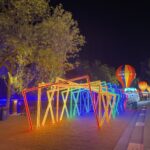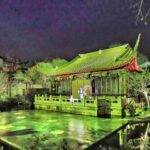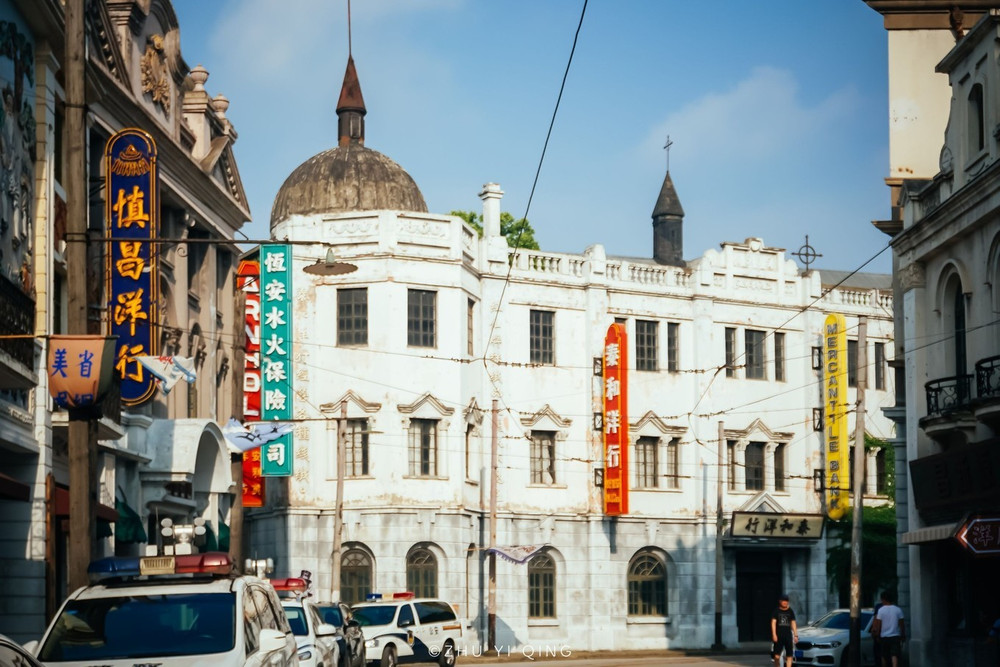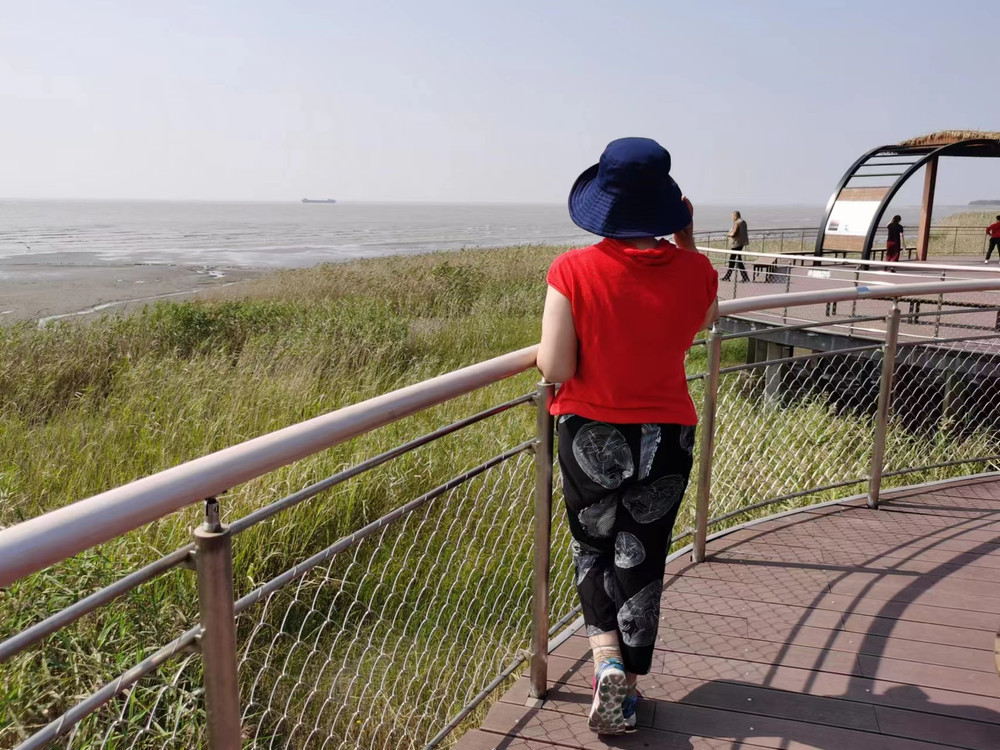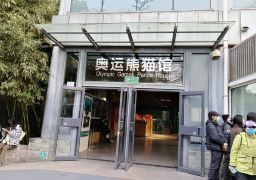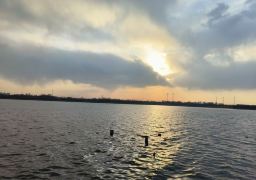The Long Modern Art Center is located in the beautiful Gucun Town, known as the ‘Poetic Hometown on the Sea’. It has a construction area of 12,000 square meters. It is adjacent to the Juquan Cultural Street surrounded by green waters and close to the Gucun Park where cherry blossoms are in full bloom. The exterior of the center is magnificent, equipped with pavilions, corridors, and white walls with black tiles, exuding the refined charm of a Jiangnan garden. The center houses a dazzling array of collections, covering several major categories such as calligraphy, painting, oil painting, seal engraving, sculpture, porcelain, purple clay, and jade carving. It gathers thousands of works by hundreds of renowned contemporary artists, such as the master of traditional Chinese painting, Chen Peiqiu, and the famous calligrapher, Zhou Huijun. It can be said that it is a gathering of elites and a rich harvest. The museum also introduces advanced and cutting-edge high-tech equipment such as LED large-screen walls + intelligent display cabinets, VR browsing + 3D holographic projection, and intelligent neon light groups, helping visitors appreciate the creative structure and cultural connotations of the collections in the center. The main building of the Long Modern Art Center has four floors. The first floor is an exhibition hall, and the second, third, and fourth floors are the ‘Wenchang Pavilion’. In addition, there are ancient buildings such as the Long Modern Art Museum, the ‘Yuyin Pavilion’ ancient theater, the courtyard teahouse, and the Liyuan restaurant dotted in the museum area, forming a well-arranged and harmonious Long Modern scenic area.
[Long Modern Art Museum] It integrates the academic resources for the development of Shanghai-style art and gathers the backbone of the Shanghai art circle to jointly hold exhibitions. Under a practical academic framework, the museum’s academic backbone has launched the first academic masterpiece ‘Private Art Museum’, vividly presenting a magnificent development history of world art history to the world with pictures and texts. The book has been published by Shanghai People’s Publishing House and has received positive and good evaluations from all sectors of society.
[Wenchang Pavilion] It is a landmark building of the Liu Xing version of ‘Along the River During the Qingming Festival’. The attic is three stories high and is internally divided into exhibition areas of historical and cultural pictures and texts in the Gucun area of Shanghai’s Poetic Hometown, exhibition areas of rare ancient books published during the dynasties of emperors in the Ming and Qing Dynasties, and exhibition areas of contemporary famous artists’ art catalogs and classic works. It can not only preserve and inherit local folk culture but also carry forward and build on the quintessence of national culture.
[‘Yuyin Pavilion’ ancient theater] It has a construction area of about 1,000 square meters and is built with a brick-wood structure. The wood structure materials are all representative classic buildings of Huizhou style from the middle of the Qing Dynasty that were demolished from Jiangxi. Here, the ‘Gu Haohao Art Studio’ of famous Kunqu opera artists and the ‘Wang Peiyu Art Studio’ of famous Peking opera artists have been introduced. The ancient theater will be officially completed and opened to the public in September 2019, and classic and legendary tunes from ancient and modern times will be staged one after another.
[Courtyard teahouse] It has a construction area of about 1,000 square meters and is built with a brick-wood structure. The wood structure materials are all representative ancient courtyards of large local houses from the late Qing Dynasty and early Republic of China that were demolished from Xiaoshan area, Zhejiang Province.
Today, it is open as a Jiangnan Tea Culture Exchange and Exhibition Area, equipped with high-end purple sand pots and ceramics, calligraphy, and painting artworks, becoming a leisure resort for literati and refined scholars to gather for tea tasting and cultural exchanges.
【Pear Garden Restaurant】 covers an area of approximately 1,000 square meters, meticulously designed in the style of Suzhou gardens, featuring small bridges over flowing water and towering ancient trees, offering a unique elegance. It includes private rooms of various sizes and spacious areas suitable for dozens of people to dine and hold meetings. Opening hours are all year round, from Tuesday to Sunday, 10:00 to 17:00. Preferential policies: Children under 1.2m (not including) enter for free; students aged under 18 (with valid identification or student ID) enjoy half-price admission; seniors aged 65 (not including) and above (with valid identification) enjoy half-price admission; active-duty military personnel, disabled veterans, and people with disabilities (with valid identification) enjoy half-price admission. Additional notes: The above policies are for reference only; specific details are subject to the day’s disclosure by the scenic area.